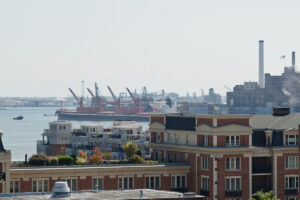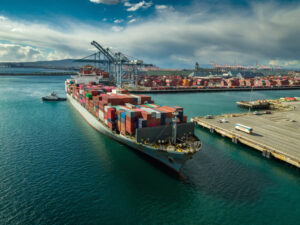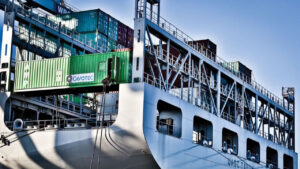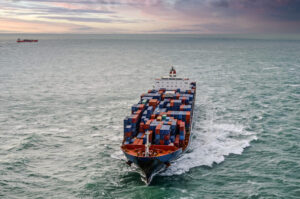An infographic published recently by the Port of Rotterdam shows the development of the shipping container and how it has helped to revolutionise the transportation of the world’s goods.
The container was created by Malcolm McClean in the mid-1950s as a quicker way to transport goods by transporting products inside a standard 20-40 foot box, in comparison to transporting goods individually, thereby saving time and costs.
Technical Paper: The Operational Philosophy at the Port of Rotterdam
Emile Hoogsteden, Vice President of Containers, Breakbulk and Logistics at Port of Rotterdam, said: “The container has made it possible to manufacture every part of a product wherever it is cheapest.
“Today, 90% of what we wear, eat and consume is being transported by ship.
Technical Paper: Imagine You Are a Container: A Global Journey
“We are constantly innovating and looking to the future. You don’t build a port for just a couple of years; you have to plan ahead for decades.”
Bart Kuipers, Seaports and Logistics Adviser at Erasmus University, said: “The power of the container lies in its standardisation: every container worldwide has the same properties, allowing it to be lifted by its corners everywhere.
“The entire logistics infrastructure has been tailored to these standard containers: sea-going vessels, cranes, trains, trucks and inland vessels.”
The Netherlands is currently the fifth-largest exporter globally in terms of traded goods, before countries such as France, South Korea or the United Kingdom. Much of that trade is shipped in containers.
(Source: Port of Rotterdam)









